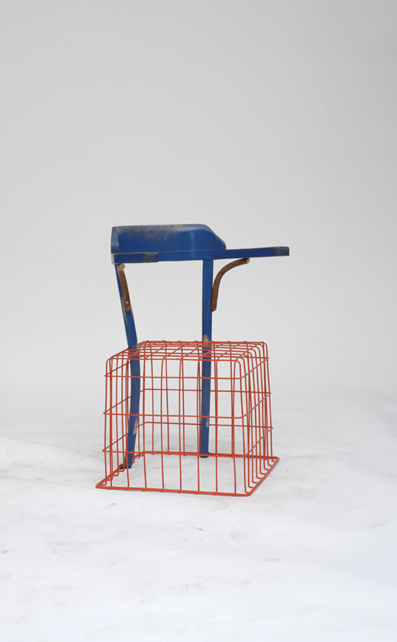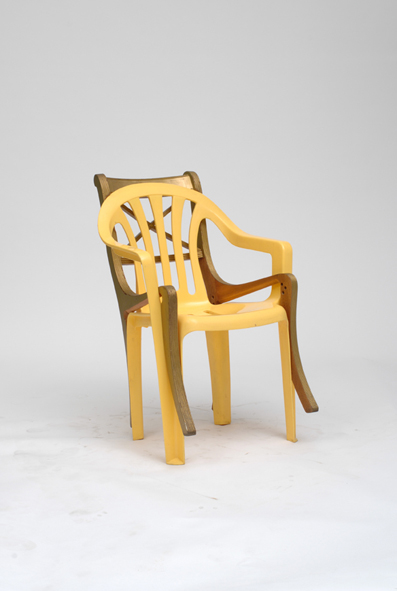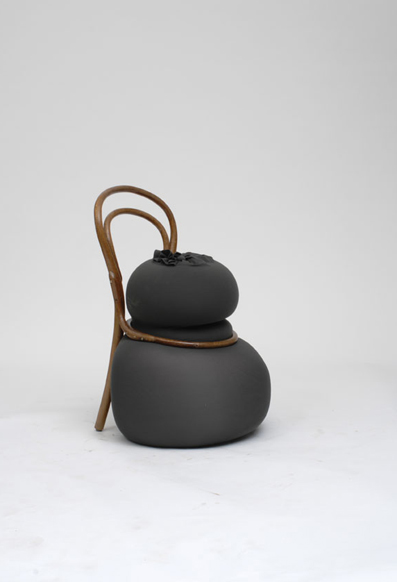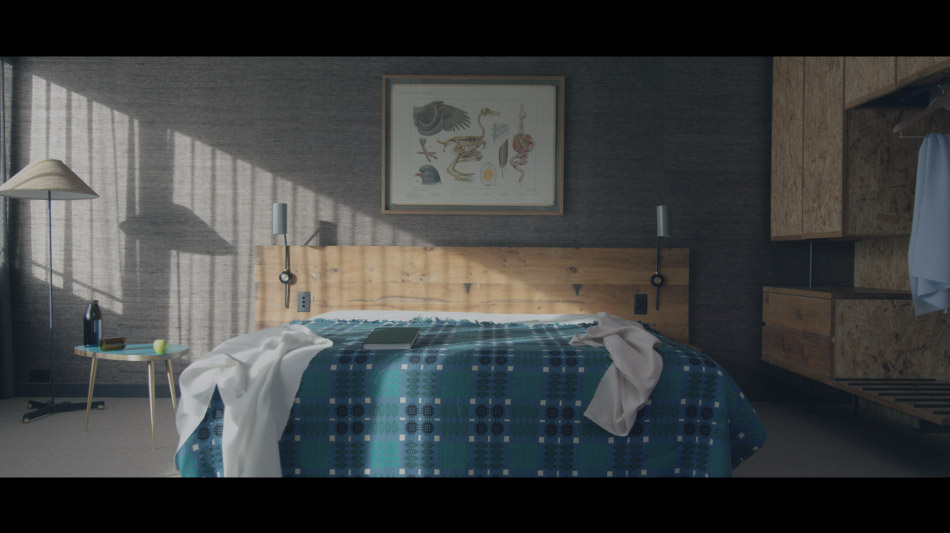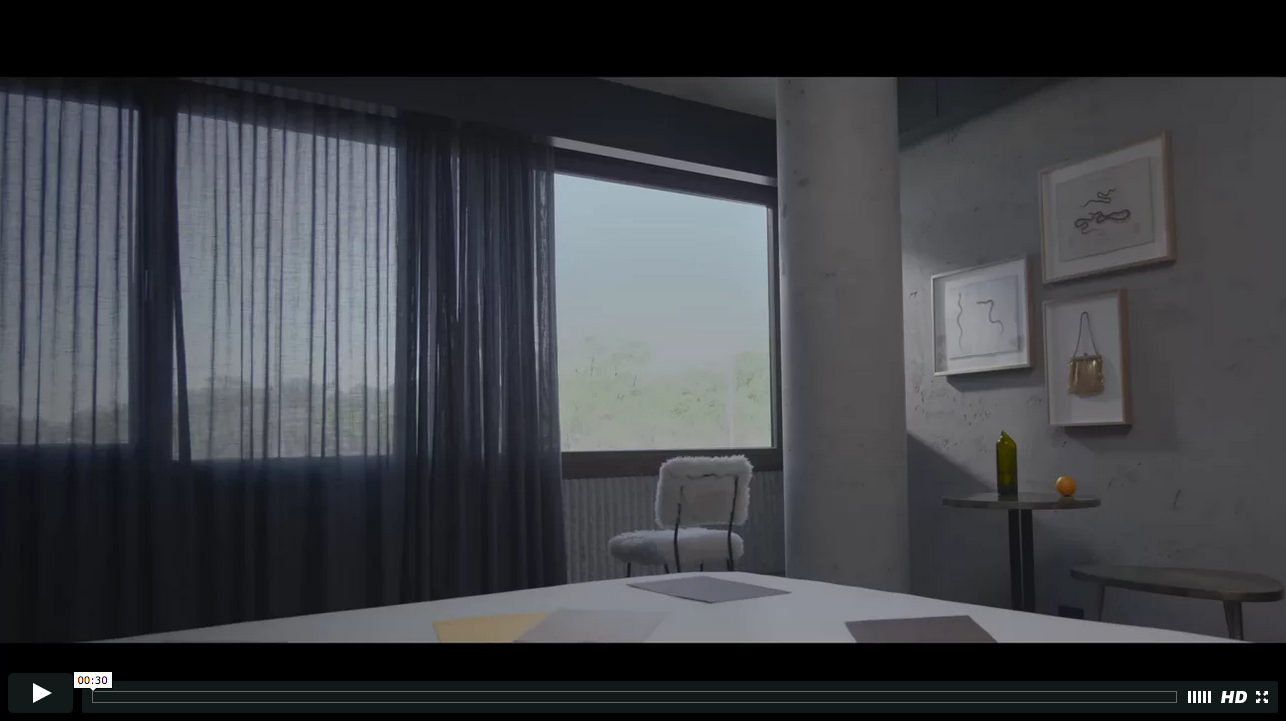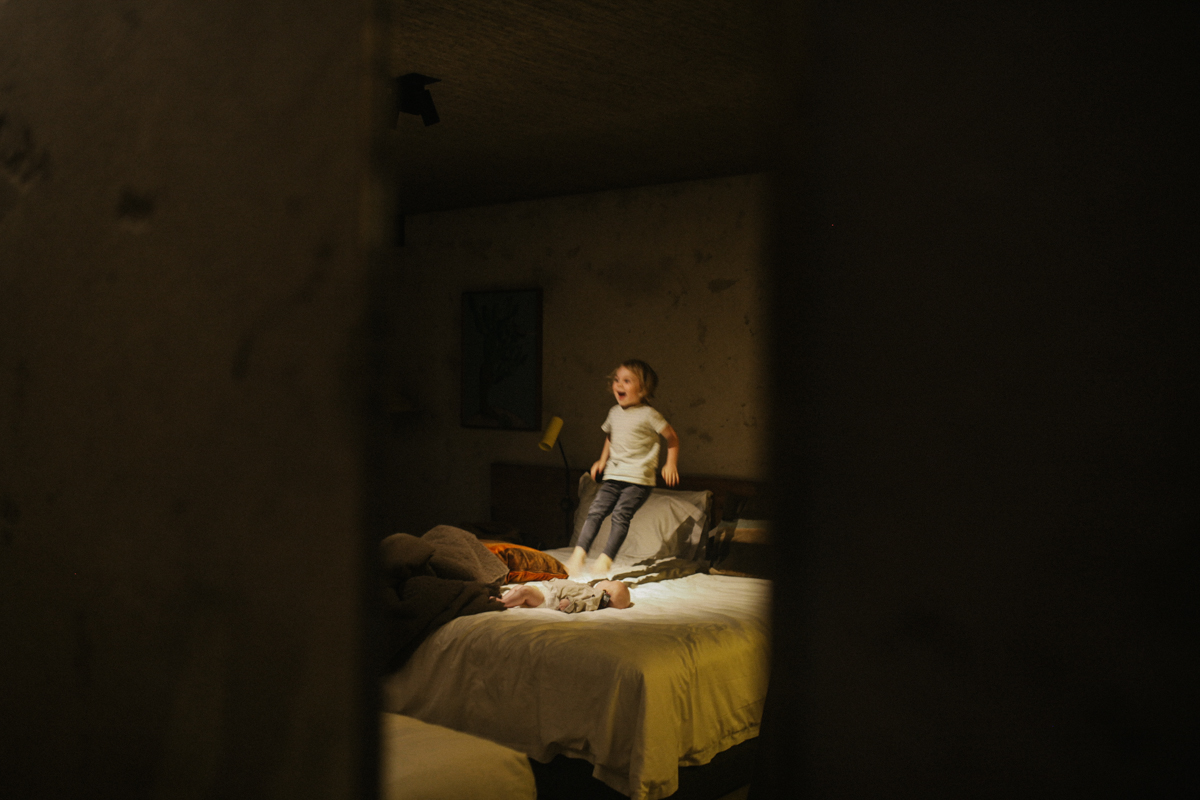New rituals for play
By Rachel Elliot-Jones and Dan Honey.
Play time is mandatory for both adults and children. It is recommended to laugh at least 15 times per day.
Nowhere Island Constitution, 2012
How many times did you play today? Was it once, was it twice, was it no times at all? Do you think you are ‘too old’ or ‘too busy’ or ‘too tired’ to let your mind wander and roam free. Has it been so long you’ve forgotten what it is to play? Allow us to give you a playful prod.
Play time is idle and unstructured – a delightful disruption to daily goings-on. When we play, we get lost in the moment. We aren’t fixating on outcomes or working towards an end goal. When we were kids, play was paramount. It’s how we made discoveries about the world around us, our bodies and universal laws. Thanks to play time, we learnt to problem-solve, think creatively, make friends and exercise our bodies and imagination.
So why does play peter out in adulthood? And how can we bring moments of play back to daily life? Can we find a way by connecting the freedom of play with the structure of ritual?
We all take part in simple rituals every day – mornings that begin with a carefully prepared tea or coffee, making a purposeful connection to green spaces at lunch, wilful avoidance of screens in the evening and nights that drift off with the turning of pages in a book. These deliberate acts are a form of mindfulness, helping to locate us in the present and prepare us for what comes next. A large portion of the rituals we enact each day are designed to bring calmness, tranquillity and poise. They are transformative in the sense that they bring slowness and solitude to our busy, highly connected lives.
Less commonly practised are rituals that are designed to bring humour, fun and discovery – rituals that help enliven our thinking, spark our imagination, widen our eyes and help us to connect with others physically.
There are some wonderful examples of interesting people incorporating ritualistic forms of play into their everyday.
Sabine Timm under her instagram pseudonym @virgin_honey takes daily walks on the beach, collecting small washed up objects. She playfully arranges these into tiny, fleeting sculptures.
British designer Daniel Eatock pairs and temporarily joins together two everyday objects – a basketball and a plunger, a watermelon and a swimming cap, an umbrella and a watering can.
Nomadic design collective, Field Experiments, during their three month residency in Indonesia structured in afternoon play sessions – where they would come together and stack, connect, balance and arrange their growing collection of everyday balinese objects.
Melbourne design duo Tin and Ed have established #tinandedRAD, an open-ended R&D project where they make playful arrangements from what is at hand. They document and share via their instagram.
Drawing from these influences we have created our own object-based play ritual. (We are particularly interested in object-based play. Studies show that in children, the more advanced your skills at object manipulation become, the richer the circuits in your brain will be – and we think the same goes for grown ups too). Give a go. Try it more than once. If you enjoy it, make it a regular thing. Share it with us.
PLAY RITUAL #1: STACKING
- 01
Find five things in the room around you
- 02
Notice their different shapes, sizes, colours and textures.
Stack them one upon the other
- 03
Observe how they fit together, balance or topple to the ground.
- 04
Unstack and restack until you feel like stopping.
- 05
Take a photo.
Allow a minimum of five minutes.
Share the photo on Instagram and tag @hotel_hotel and #hhdailyrituals or send it to us via [email protected]
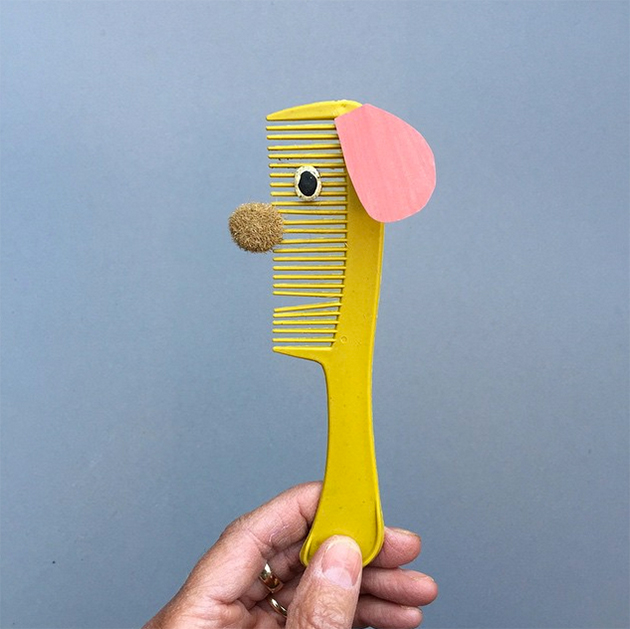
Comb sculpture by Sabine Timm
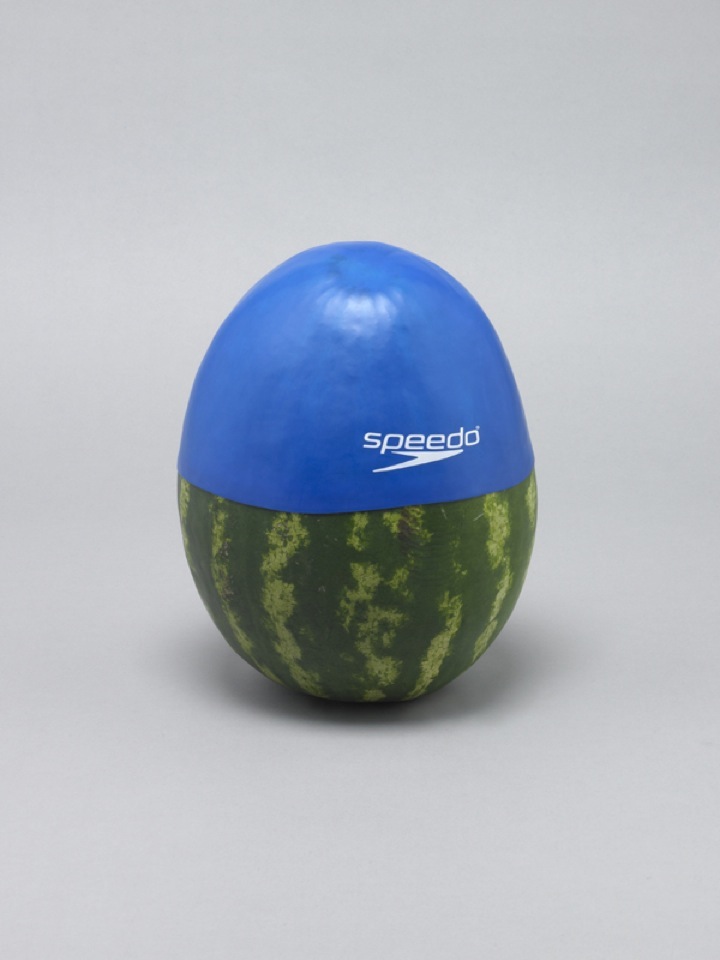
Watermelon by Daniel Eatock
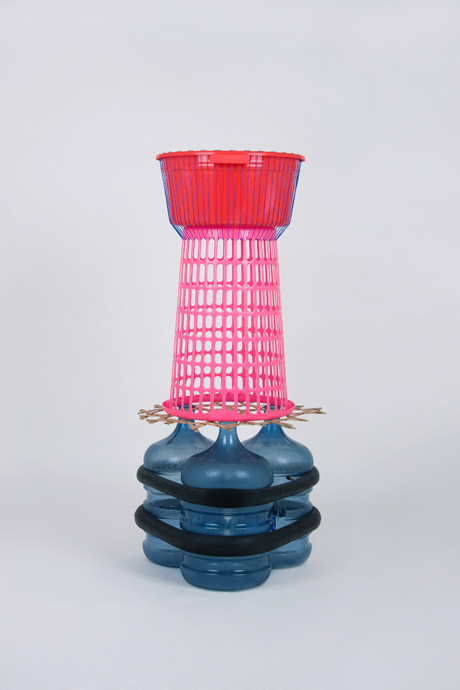
Adhoc Furniture by Field Experiments
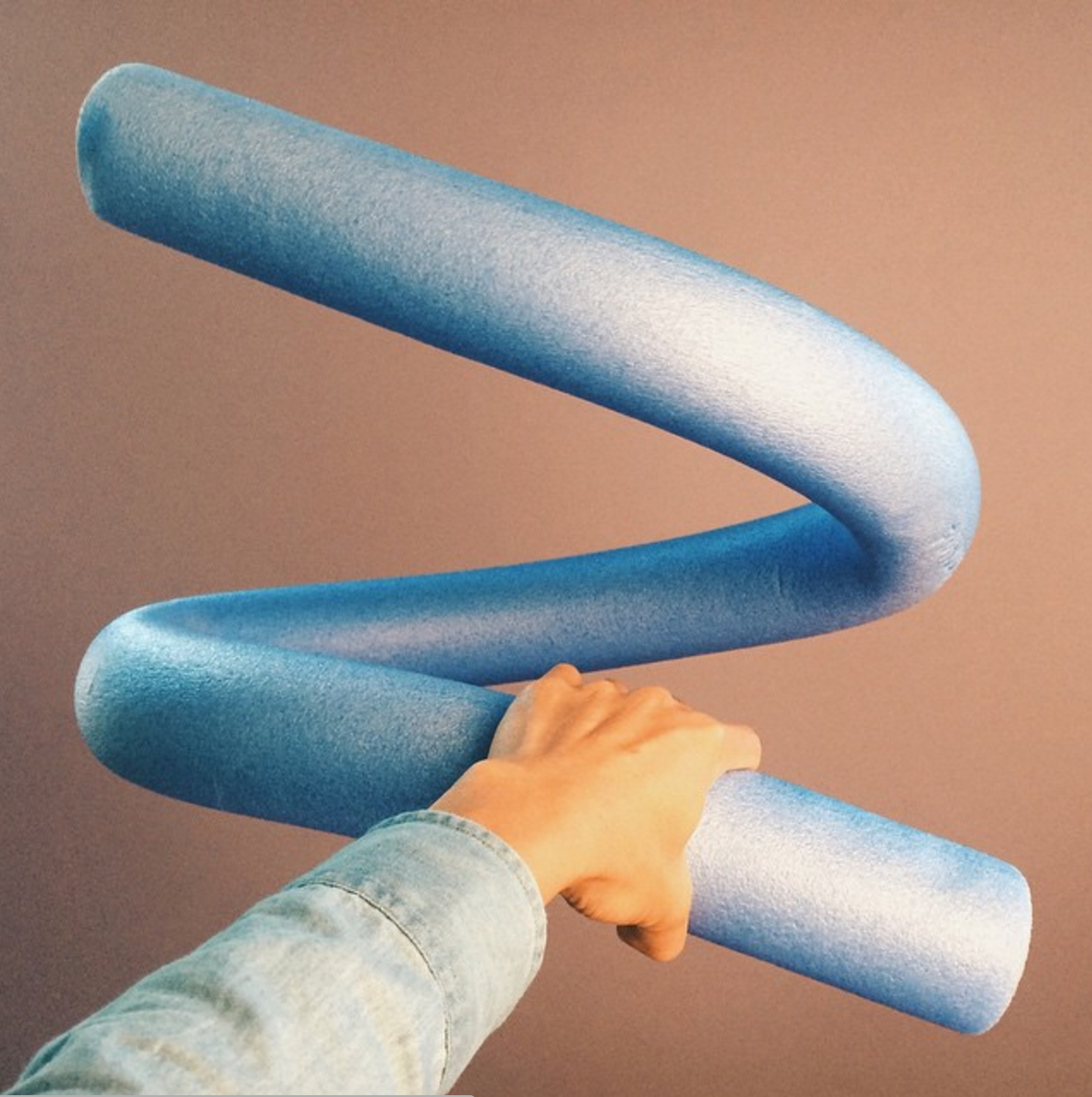
Tin & Ed R&D
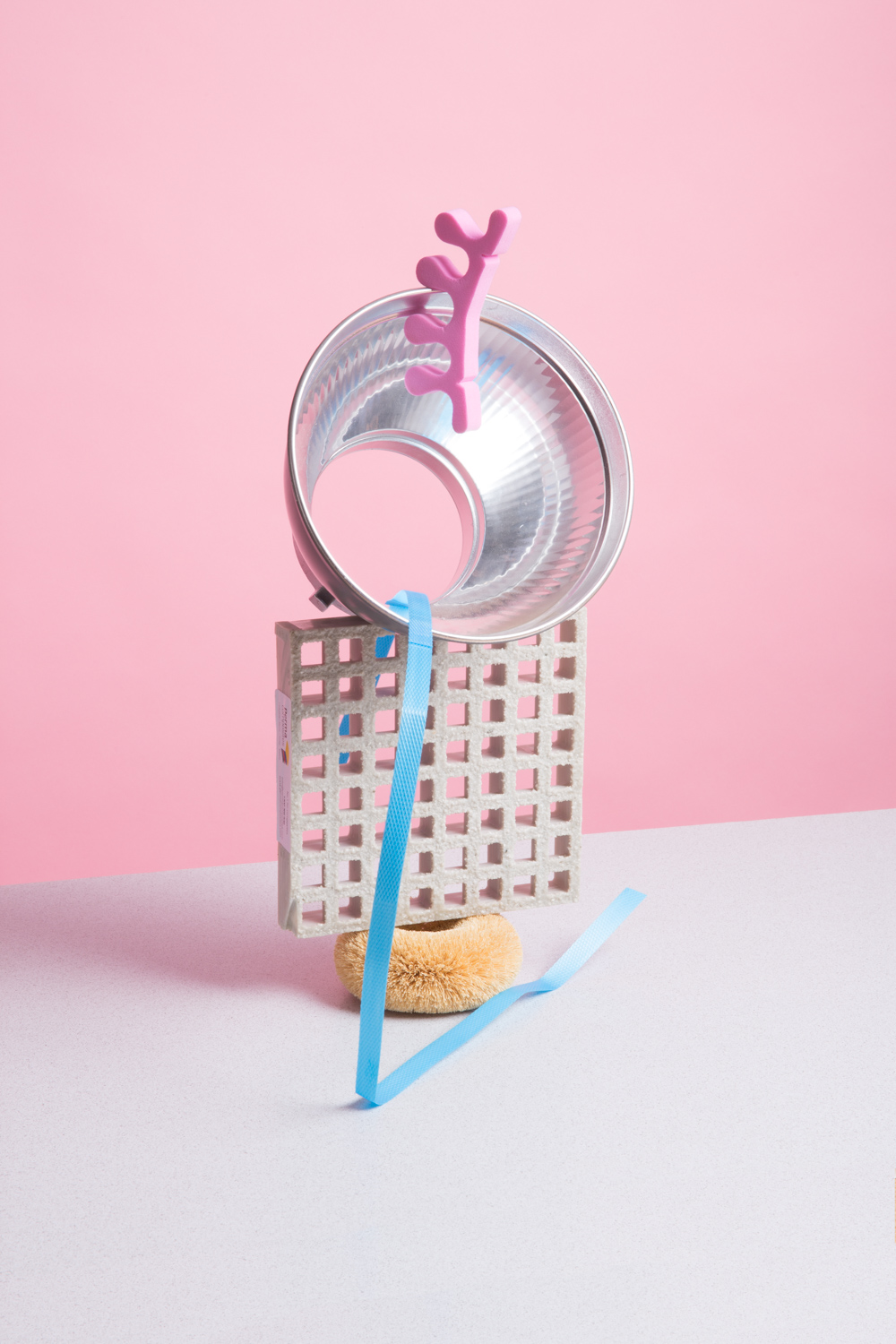
Tin & Ed try our Play Ritual #1: Stacking
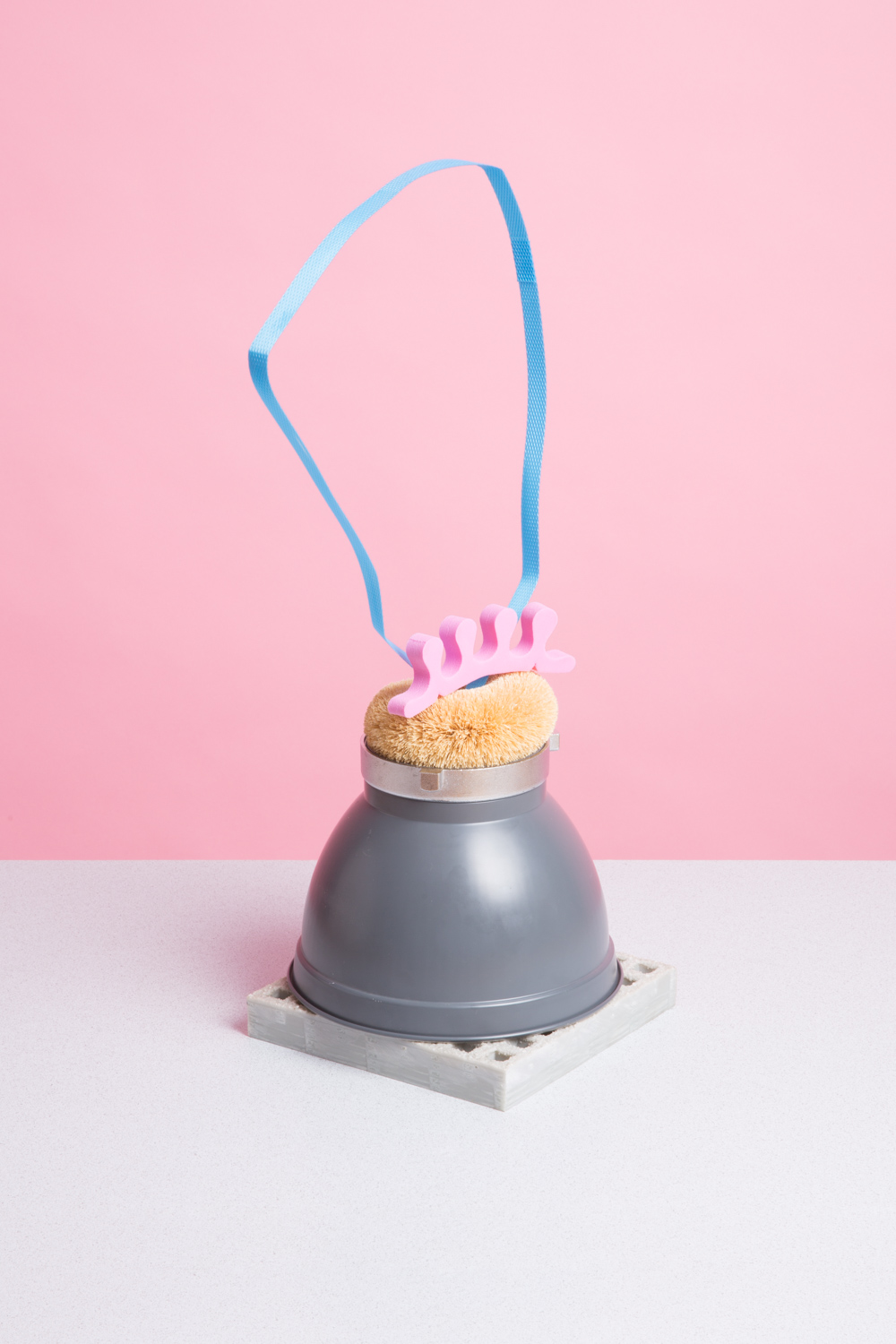
More stacking by Tin & Ed
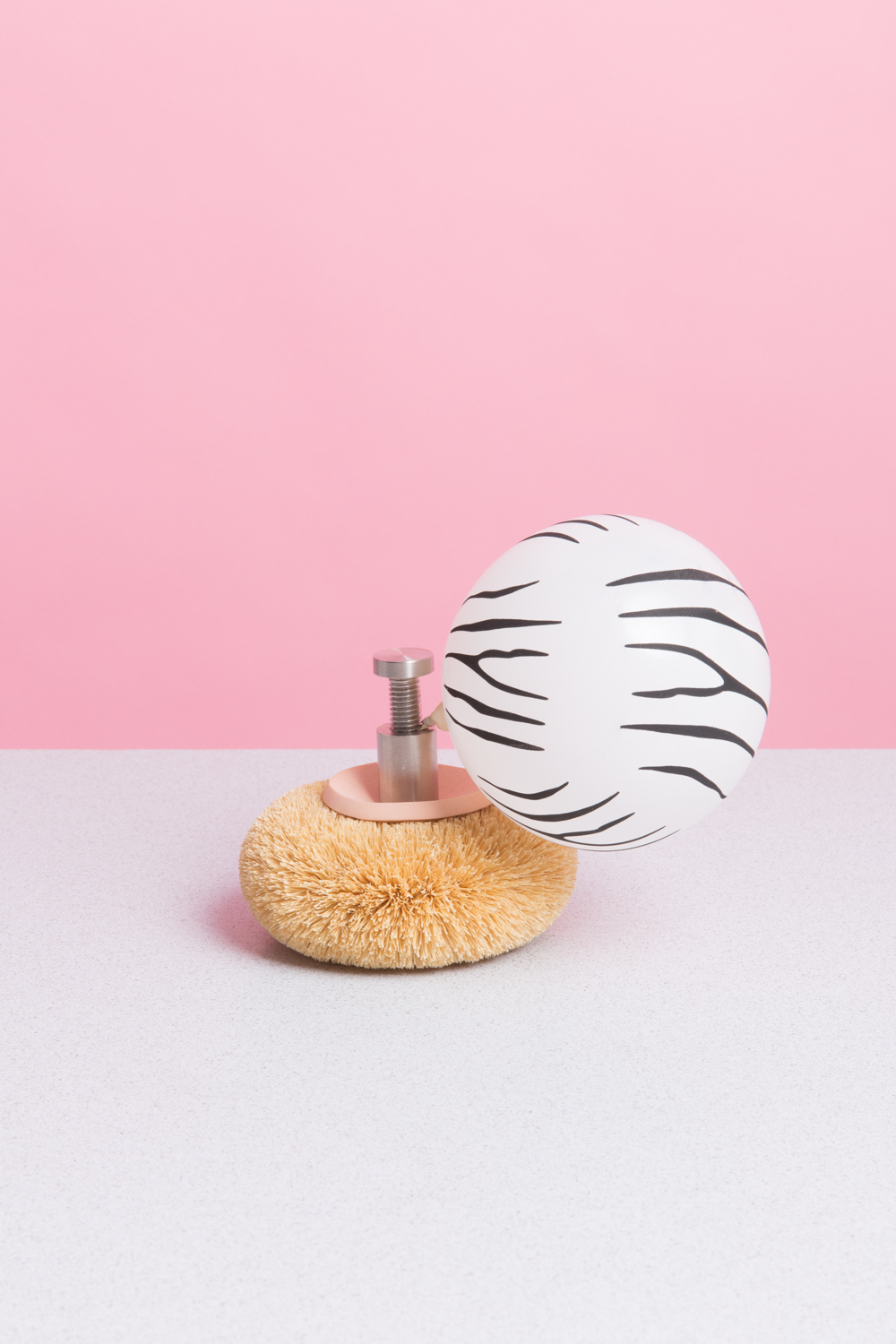
A small stack by Tin & Ed

A toppling stack by Tin & Ed

A balancing stack by Tin & Ed

